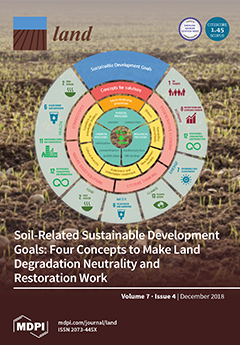Resource information
With the rapid rate of population growth and economic development, cities face enormous challenges that require both optimal and integrated solutions to meet the needs of growth and to protect the environment and sustainable development. These urban dynamics, which change over time, extend not only horizontally and upward, but also downward. Thus, underground space has been utilized increasingly to relieve the urban surface and to ensure the exploitation of underground resources. The purpose of this study is to evaluate the possibilities of using this space in Casablanca as part of urban land-use planning and, consequently, to suggest an integrated model of exploitation of this space that is adapted to the specificities of the study area. Thus, an analysis of the use of underground spaces in a set of European cities has been performed. The study of the characteristics of this space in Casablanca has been realized according to the levels of geology and hydrogeology and two underground infrastructure projects. This work has led to the implementation of a prototype model named “Sub-Urban Information Modeling”. The model’s objective is to gather all the data and knowledge related to the relevant underground space in an integrated platform that can be shared and updated in order to facilitate the understanding of this environment and its interaction with the surface and to ensure the rational and efficient use of its resources.


